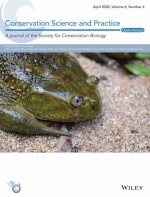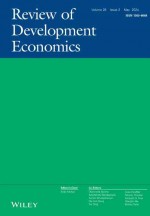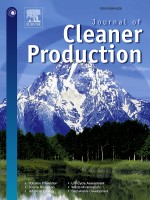Chemical Science
Holly Yeo, Georgina L. Gregory, Hui Gao, Kanyapat Yiamsawat, Gregory J. Rees, Thomas McGuire, Mauro Pasta, Peter G. Bruce and Charlotte K. Williams, Chem. Sci., 2024,15, 2371-2379, https://doi.org/10.1039/D3SC05105F
View Journal Article / Working PaperOptimising the composite cathode for next-generation, safe solid-state batteries with inorganic solid electrolytes remains a key challenge towards commercialisation and cell performance. Tackling this issue requires the design of suitable polymer binders for electrode processability and long-term solid–solid interfacial stability. Here, block-polyester/carbonates are systematically designed as Li-ion conducting, high-voltage stable binders for cathode composites comprising of single-crystal LiNi0.8Mn0.1Co0.1O2 cathodes, Li6PS5Cl solid electrolyte and carbon nanofibres. Compared to traditional fluorinated polymer binders, improved discharge capacities (186 mA h g−1) and capacity retention (96.7% over 200 cycles) are achieved. The nature of the new binder electrolytes also enables its separation and complete recycling after use. ABA- and AB-polymeric architectures are compared where the A-blocks are mechanical modifiers, and the B-block facilitates Li-ion transport. This reveals that the conductivity and mechanical properties of the ABA-type are more suited for binder application. Further, catalysed switching between CO2/epoxide A-polycarbonate (PC) synthesis and B-poly(carbonate-r-ester) formation employing caprolactone (CL) and trimethylene carbonate (TMC) identifies an optimal molar mass (50 kg mol−1) and composition (wPC 0.35). This polymer electrolyte binder shows impressive oxidative stability (5.2 V), suitable ionic conductivity (2.2 × 10−4 S cm−1 at 60 °C), and compliant viscoelastic properties for fabrication into high-performance solid composite cathodes. This work presents an attractive route to optimising polymer binder properties using controlled polymerisation strategies combining cyclic monomer (CL, TMC) ring-opening polymerisation and epoxide/CO2 ring-opening copolymerisation. It should also prompt further examination of polycarbonate/ester-based materials with today's most relevant yet demanding high-voltage cathodes and sensitive sulfide-based solid electrolytes.




